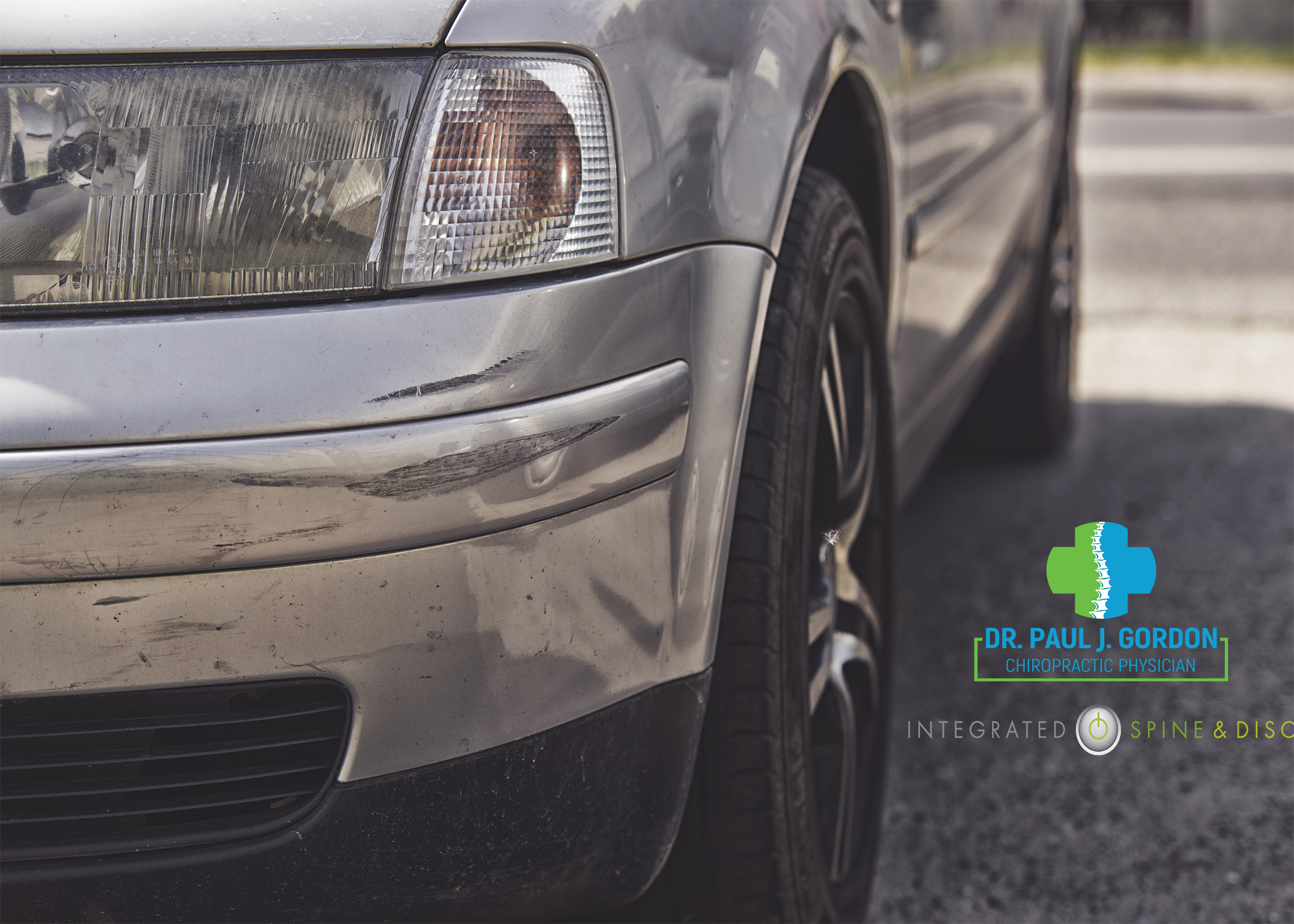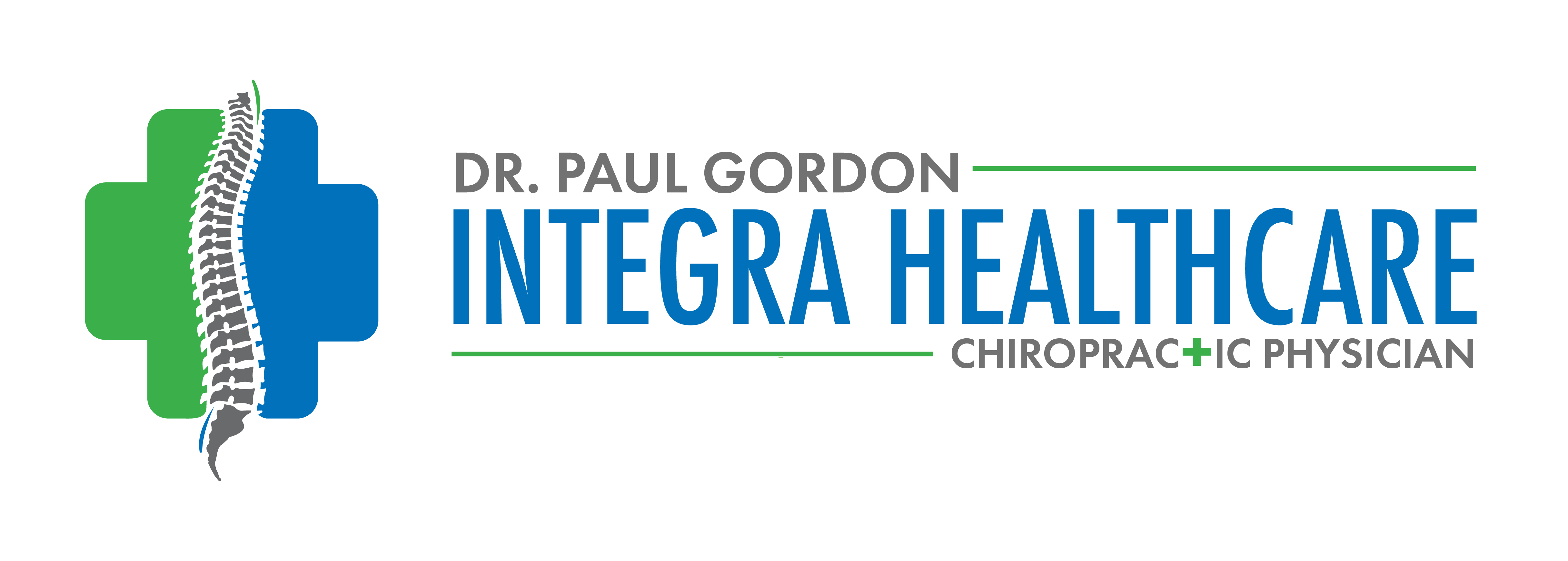
Injuries Do Occur in Low-Impact Collisions
Being a doctor in personal injury, I have faced one particular question time and time again: “How can a patient be injured when the property damage to his or her vehicle is minimal?”
I now have a canned response. “When did it become acceptable to base my patient’s injuries upon a vehicle’s repair bill?” I know that I am being asked to relate bodily injuries to property damage. It cannot be done.
Low-impact collisions are collisions that occur at speeds of 10 mph or under. Often, there is little, if any, visible property damage, yet occupants of such vehicles commonly present with injuries such as neck pain, back pain, bruising, sprains, strains, and contusions.
Despite the fact that personal injury does occur in low-impact collisions, the insurance industry wants you to believe otherwise.
Insurance Companies Have an Agenda. The Insurance Institute for Highway Safety (“IIHS”), which is funded by a conglomerate of major insurance companies, vehemently promotes that injuries in low-impact collision are rare. Based on the IIHS findings, insurance companies have trained their adjusters to “flag” claims with low property damage valuations. In these flagged claims, insurance adjusters will argue that that low property damage valuation equates to minimal or no injury to the occupants of the vehicle. The insurance company then goes on to settle these claims for little or no compensation to the injured parties.
Each insurance company has its own “low value” threshold that is flagged: It could be $1,000.00, $1,500.00, or even $2,500.00 in property damage estimates that will get flagged as a “minimal impact case”. One major insurance company actually goes a step farther and automatically refers the bodily injury claim in minimal impact situations to its special investigations unit to investigate for possible fraud.
Day in and day out, insurance companies are trying to convince injury victims that their claims are worthless, despite the fact that these victims were injured through no fault of their own. However, insurance companies simply do not have any scientific results or studies that support their proposition that little to no property damage equals no personal injury. Instead insurance companies use million dollar campaigns, forced-studies, lobbyists, and politicians to spread their “truthful hyperboles”.
Things are Not Always as They Appear When you Understand the Insurance Game. Logically, it may seem that if a collision barely dented the bumper of a car, then certainly there could be no serious injuries to an individual, does it not? The problem with this logic is that it is completely false. It also defies the laws of physics. Scientific studies, research and literature are replete with data to prove that there is absolutely no correlation between property damage and the severity of one’s injuries.
To fully understand the controversy surrounding low-impact collisions, you must first understand what is happening in the auto industry. Automakers market newer cars as having safety improvements such as “impact absorbing” bumpers. This has absolutely nothing to do with the safety of the occupants.
The Insurance Institute for Highway Safety performs extensive crash testing on vehicles. In addition to publishing the results of the tests, the IIHS also publishes and reports the costs to repair the damages. The more expensive the repairs on a particular type of vehicle, then the less attractive that vehicle appears to potential buyers. Who truly wants to purchase a vehicle that will be expensive to repair?
To make a vehicle more attractive to potential buyers, automakers are specifically engineering bumpers that are designed not to crumple during low-impact (low velocity) collisions. Some refer to them as “pop-out” bumpers. Therefore, if the bumper is not damaged during the collision, then the costs to repair the vehicle are kept at a minimum.
Moreover, these same “pop-out” bumpers are made of cheap, disposable lightweight metal and/or plastic components. If damage is sustained by the bumpers, then they can be replaced or changed at a much lower price than the old fashion bumpers made from iron.
By replacing sturdier, iron car parts with cheaper materials, the automakers and car dealerships can use “low repair costs” as a selling point to consumers. This works out perfectly for insurance companies because they do not have to pay for expensive costs, thereby saving them millions of dollars in revenues under the guise of trying to keep consumers’ insurance rates down.
Your Body Suffers the Damages. The question then becomes: who loses in that equation involving a crash, a vehicle that won’t absorb the force, and you? The injured party, of course.
Since the IIHS has been conducting crash testing, injuries from low speed (low velocity) collisions have risen dramatically. Insurance companies want the public to believe that this rise is due to greedy plaintiffs and overzealous attorneys. However, it is not.
The injuries sustained by a crash victim is simply a matter of physics. Energy can neither be created nor destroyed. It is simply transferred. During a collision, the energy from that collision is initially transferred to the bumper of the vehicle. If the bumper does not absorb the energy and deform, then the energy is transferred to the occupant, causing personal injuries.
Let’s use NASCAR, for example. We have all seen serious NASCAR crashes where the car is destroyed but the driver miraculously walks away without serious injury. Why? Because race cars are engineered with crumple zones to specifically absorb the impact (energy) so as not to injure the driver. This is the exact opposite of what consumer vehicles are designed to do.
Obviously, it is much easier to convince an injured patient how simple physics works. They are looking for answers to why they are in pain. Unfortunately, it is not so easy to convince big insurance companies who spend millions on computer programs, marketing advertisements, lobbying groups, politicians, skewed studies, and junk science to promote their notion that “low-impact = no injury”.
Published Research Confirms that Low-Impact Collisions can Cause Bodily Injury. One of the best research articles on this subject was published in the Journal of Medical Science Monitor by Arthur Croft and Michael Freeman, the most published researchers in the field of motor vehicle occupant injuries. They reviewed the existing literature on literally thousands of crashes and found that 73% of injuries occurred at speeds of 6.1 mph or less.
Considering the average bumpers on modern automobiles are designed not to crumple or deform at speeds of less than 10 mph, it is more likely than not that a collision without significant property damage will result in injury to the occupants. The conclusion was simple:
“A substantial number of injuries are reported in crashes of severity that are unlikely to result in significant property damage. Thus, property damage is neither a valid predictor of acute injury risk nor of symptom duration. Based upon our best evidence synthesis, the level of vehicle property damage appears to be an invalid construct for injury presence, severity, or duration. The MIST [Minor Impact Soft Tissue] protocol for prediction of injury does not appear to be valid.”
Arthur C. Croft, Michael D. Freeman: Correlating crash severity with injury risk, injury severity, and long-term symptoms in low velocity motor vehicle collisions. Medical Science Monitor 2005.
In addition to Dr. Croft’s research, my personal experience with patients and claims adjusters have led me to discover that even an experienced auto repairman can support this position. A repairman can examine the markings on the bumper mounts, bumper absorbers and/or bumper pistons to help determine the amount of force received by the vehicle upon impact. If the bumper did not crumple to absorb the force, then we know that force was transferred to the occupants.
Time to Turn the Tide on Insurance Companies. Although the injuries suffered by victims in low-impact collisions are very real, the insurance industry has denied that there was any physiological basis to correlate the two. They say it’s impossible. Well, now the legal and medical communities have objective, diagnostic evidence to prove that injuries can occur to occupants involved in low-impact collisions.
While lawyers, judges, insurance adjusters, and others in the personal injury legal community have vast knowledge of the mechanics of low-impact collisions, the law generally requires the use of an expert or experts who possess experience, plus knowledge and expertise in several areas: medicine, physics, biomechanics, and accident reconstruction. In this multi-disciplinary approach to addressing injuries in low-impact collisions, our clinic can be of utmost benefit to you.
You Need an Experienced Doctor to Diagnose, Document, and Treat Collision-Related Injuries. The staff and doctors at Integrated Spine & Disc have been extensively trained to provide objective evidence, proving that personal injuries can be sustained in low-impact collisions. This evidence, combined with our findings that disc and ligament injuries can occur in low impact collisions, help provide a solid foundation for getting our patients the compensation they deserve.
We Work Hard for the Injured. We understand that patients suffer unavoidable injuries. We provide them with justifiable healthcare and give them the best chance at healing after a traumatic experience.
For more information about our team and our clinic, please visit our website at www.drpauljgordon.com or call (985) 778-2036 to discuss how our clinic can benefit your firm and your personal injury clients.
Dr. Paul J. Gordon, DC. I have been working with personal injury patients for over fifteen (15) years and I understand the arena of personal injury treatment. My continual studies remain focused on current laws, scientific studies, and modern diagnoses of patients injured in automobile accidents, workplace accidents, 18-wheeler accidents, motorcycle accidents, boating accidents, slip and fall accidents, and maritime. You can learn more about my experience by clicking here.
Dr. Raul Reyes, MD. Our medical doctor, Dr. Raul Reyes, is a retired general surgeon and emergency room chief who has decades of experience in diagnosing and treating the injured.
 Rehab Staff. Proper rehabilitation after a traumatic injury can mean the difference between returning to pre-injury status, having limited range of motion, or not being able to move at all. Rehab is an essential part of the healing process.
Rehab Staff. Proper rehabilitation after a traumatic injury can mean the difference between returning to pre-injury status, having limited range of motion, or not being able to move at all. Rehab is an essential part of the healing process.
Our rehabilitation team is one of the best. We promote active physical therapy, in addition to passive therapy, for patients because we want them to get stronger while healing. Neurosurgeons and orthopedic surgeons regularly refer patients to our clinic for evaluation and treatment because of our unique rehab program.
Leave a reply



Leave a reply